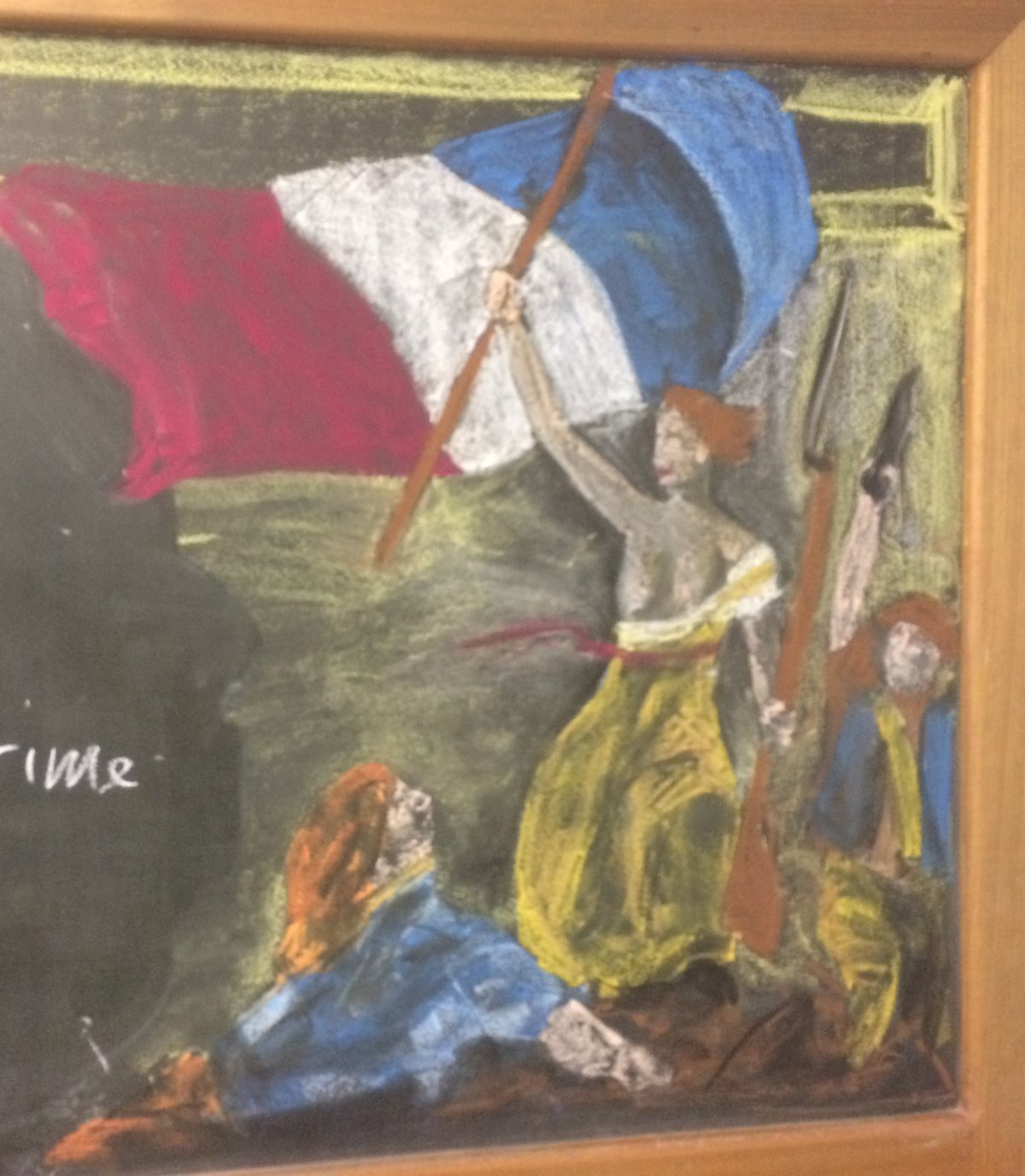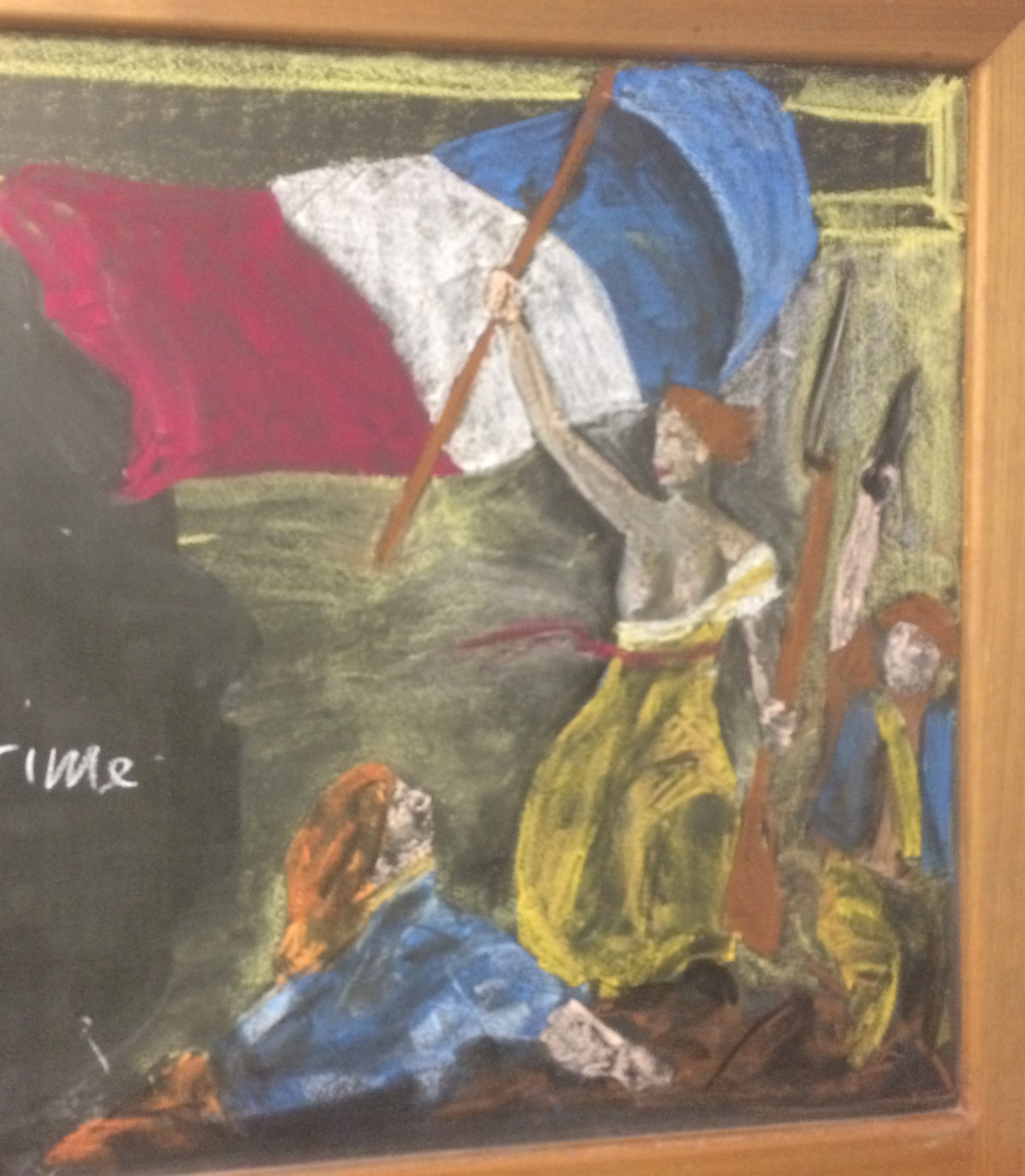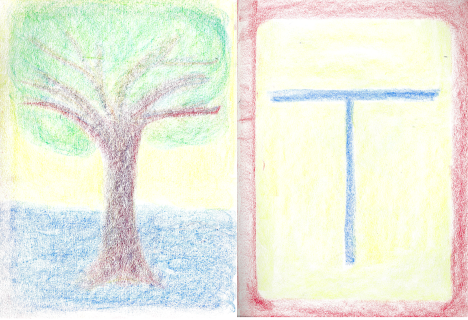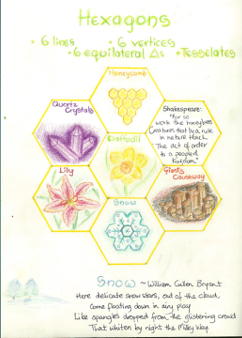
Welcome to Term 3!
Teachers began the term on Tuesday with a Professional Development session that introduced the professional learning program for the term. We looked again at Glenaeon’s Quality Teaching Framework and reviewed some of our core principles of learning.
It’s been fascinating to see how Steiner’s’ intuitions of 100 years ago regarding how we learn best have stood the test of time. Brain research in the 21st century has provided an evidence base for the key learning strategies we employ in introducing new learning content to students.
We’re sometimes called an art school because of our use of visuals and “mental” visuals in the classroom: drawing, images, stories, drama, sculpture. Art school? No, we are not an Art school, we are a cutting-edge school using evidence-based strategies for promoting deep learning.
The latest research shows there is a holy trinity of the most effective learning strategies, and they are play, story and sleep. Surprising? Well, anyone who examines their own learning styles should notice the power of these three strategies in how we remember things.
Watch this YouTube clip of Dr Jared Cooney Horvath of the Melbourne University Graduate School of Education explaining the latest research on the power of these three learning strategies, and then think about how we teach Main Lessons.
< https://www.youtube.com/watch?v=N3biFgdtCso >
Main Lessons (three week blocks of daily learning) are the core of our curriculum as a Rudolf Steiner school. From Class 1 through to Year 12, their powerful pedagogical impact derives from a methodology that utilises in an age-appropriate way, picture, story and sleep in a rigorous way to introduce and consolidate learning.
- Image or Picture: we only really understand a concept when we can make a picture of it: abstract concepts (e.g. anything from the alphabet in Class 1 to the development of democracy in Year 9) should be introduced in pictures. This is one of the reasons why we teach children to draw before we teach them to write: so they can create pictures of their learning, starting with the alphabet.
The struggle for democracy in Europe is an abstract series of events in history: some key images bring these assorted facts into a focus that deepens the understanding.

- Story: stories are meaningful sequences of images which provide a context to a particular picture. Stories can be cultured stories (i.e. from cultures around the world such as fairy tales, legends, myths), historical stories and events, or biographies: after all, each person’s biography is a story. Even a high school Maths main lesson becomes a story: the teacher weaves all the images and pictures of content into a meaningful block or “story” that gives a context to all the content.
- Sleep: our unconscious “dreaming” works to process information received by our conscious mind. Used properly by teachers, recall after a night’s sleep embeds new learning in our long term memory. The unconscious processes of deep sleep work in a mysterious way to process the day’s learning. Teachers can use a specific method of active recall to bring back into consciousness the key elements of what has been learned the previous day. Our Main Lesson methodology with its sequence of daily learning uses this powerful learning process to actively promote deep understanding.
Over the coming term teachers will identify one strategy for improvement that he or she will work on over the term, followed by an observation and review of the progress made. We look forward to some great learning for teachers, and of course their students, in Term 3.






